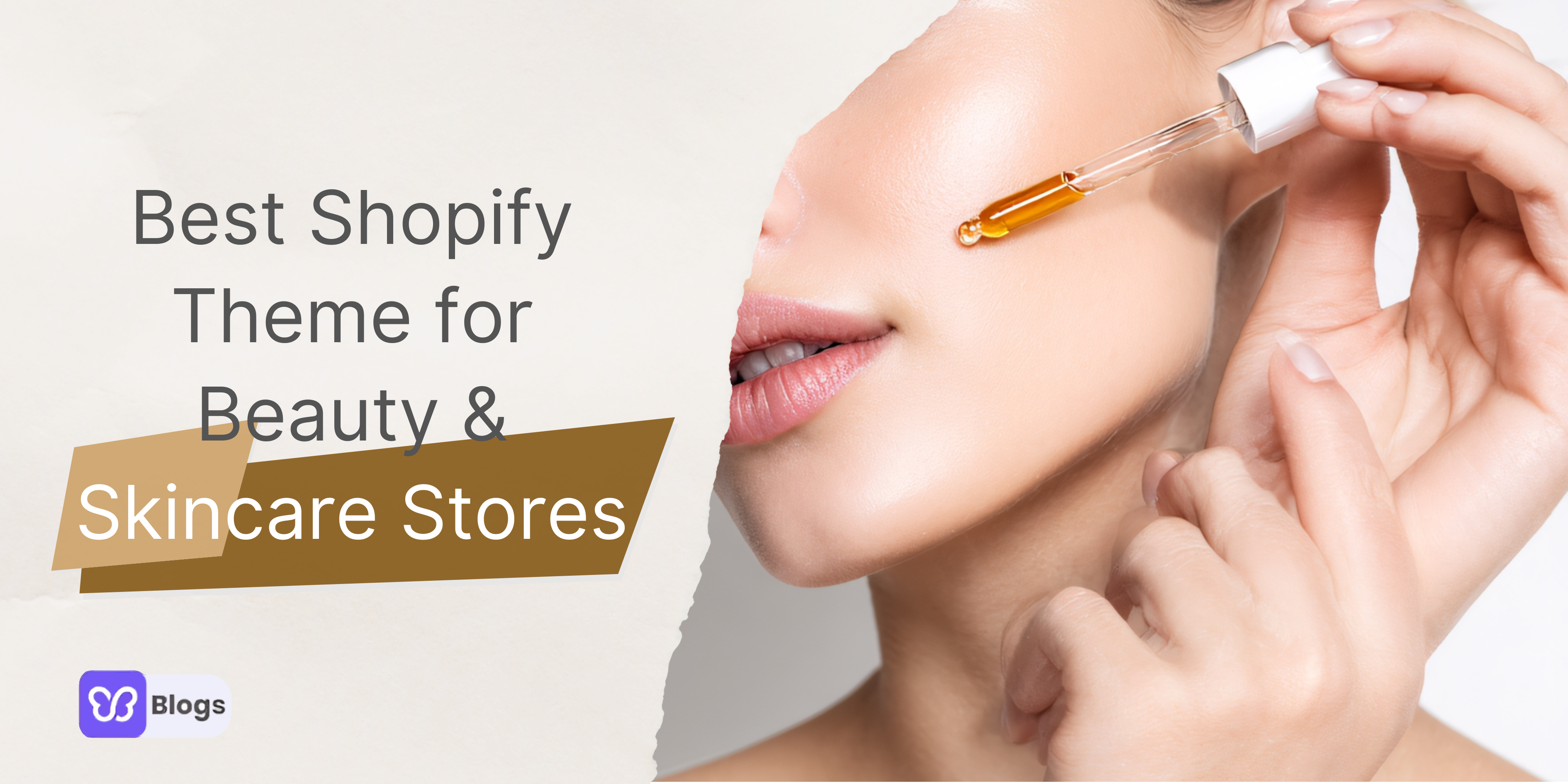Glow Up Your Business: Marketing Techniques for Skincare Lines
Launching a skincare line requires careful planning, adherence to regulations, and a focus on quality and customer satisfaction. To ensure success, follow these steps:
1. Conduct market research and planning to understand your target audience and their preferences.
2. Analyze existing skincare products and develop a unique selling proposition (USP) to differentiate your skincare product line from competitors.
3. Develop product formulations that align with your brand's ethos and meet regulatory standards.
4. Conduct safety and testing to ensure products are safe for consumer use and comply with regulatory requirements.
5. Create functional, appealing packaging that communicates your brand identity.
6. Understand and comply with regulatory requirements for cosmetics and skincare products in your target markets.
7. Ensure ingredient safety and compliance with labeling requirements.
8. Select reliable suppliers for raw materials, packaging, and manufacturing.
9. Implement good manufacturing practices (GMP) to ensure product quality and consistency.
10. Develop a brand identity, marketing strategy, and sales channels.
11. Establish customer support processes to handle inquiries, feedback, and issues related to your products.
12. Monitor customer feedback to continuously improve your products and customer experience.
13. Stay updated on regulatory updates and changes in the skincare industry.
14. Implement quality control measures throughout the supply chain to ensure consistency, safety, and efficacy of your skincare products.
By following these steps and seeking guidance from regulatory experts, you can successfully launch your skincare line and establish a reputable brand presence. But don't forget to build a website for your skincare business. If you need to know how to do it and what theme to choose, check out our Ultimate Shopify Theme Guide.






